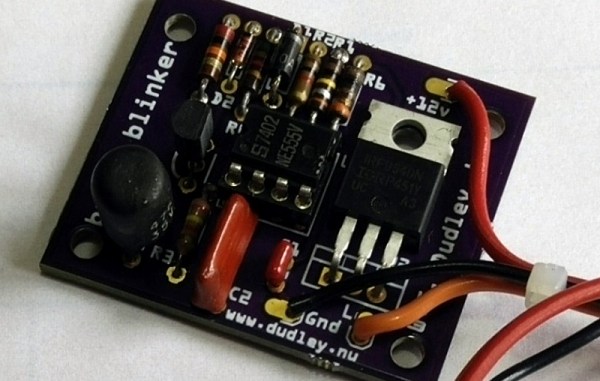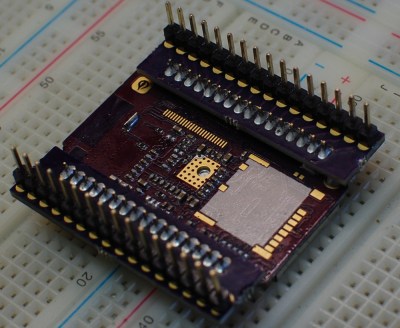A Dremel is a fantastically handy tool to have around the workbench, but there is one glaring and obvious downside: you will always run out of cut-off discs. if you’re trying to break into a fancy snap-fit enclosure that has been inexplicably glued together, you’ll invariably need to run down to the hardware store to shell out some cash for a tiny tube of cut-off disks.
[KB9RLW] has the answer to this problem. He’s cutting wood and plastic with paper discs spinning at 35,000 RPM.
The paper used for this application is just a piece of junk mail or heavy, probably glossy card stock. After poking a hole in this piece of paper, tracing a circle with a homemade compass, and cutting out the cutting disk with a pair of scissors, this cut-off disc is easily mounted in the standard Dremel mandrel.
The test cut [KB9RLW] shows us is on a plastic wall wart that’s a glued together, snap-fit mess. The paper cut-off wheel makes short work of this nigh-impenetrable brick of plastic, revealing the electronic goodies inside. This cut-off wheel will also cut through small bits of wood, like a bit of molding.
After cutting halfway through the wooden molding, the paper disc quickly disintegrates — this is the same behavior we last year when this trick was being used on a table saw. But any home should get more than enough junk mail for a steady supply of paper Dremel cut-off discs. While this new attachment for your fancy rotary tool won’t last very long, it is a very expedient way to get into bits of electronics without paying Dremel several cents for a cut-off disc.


















